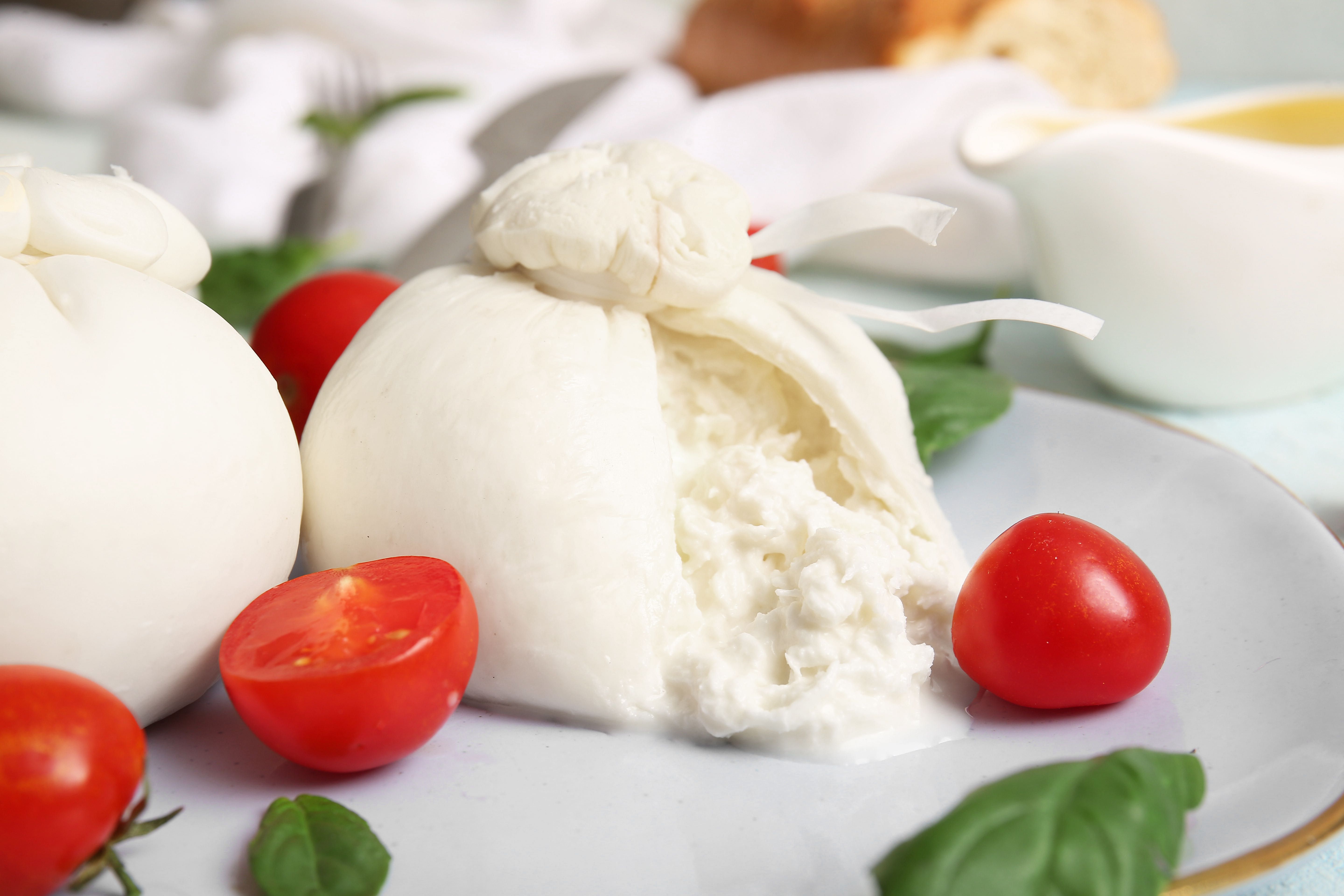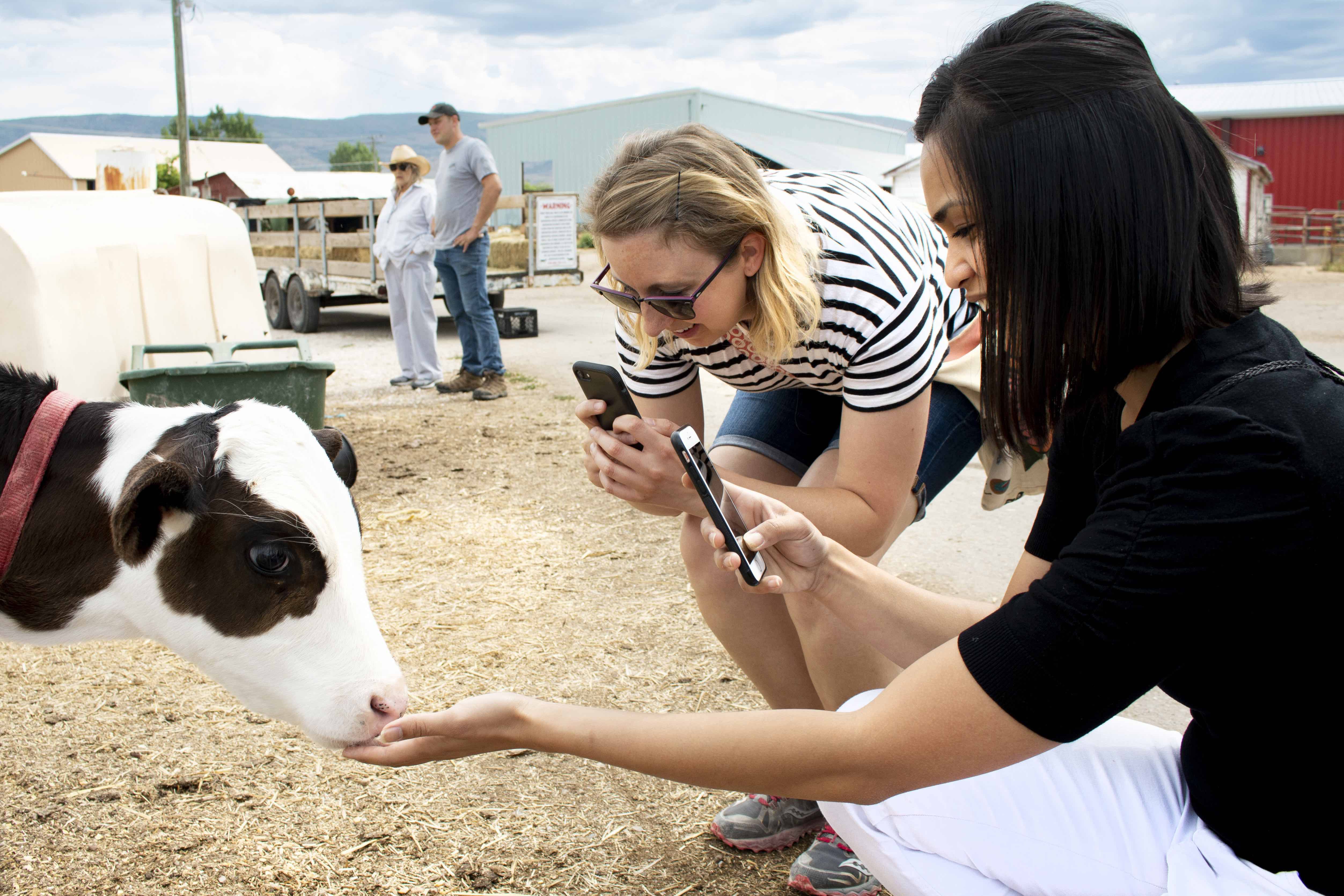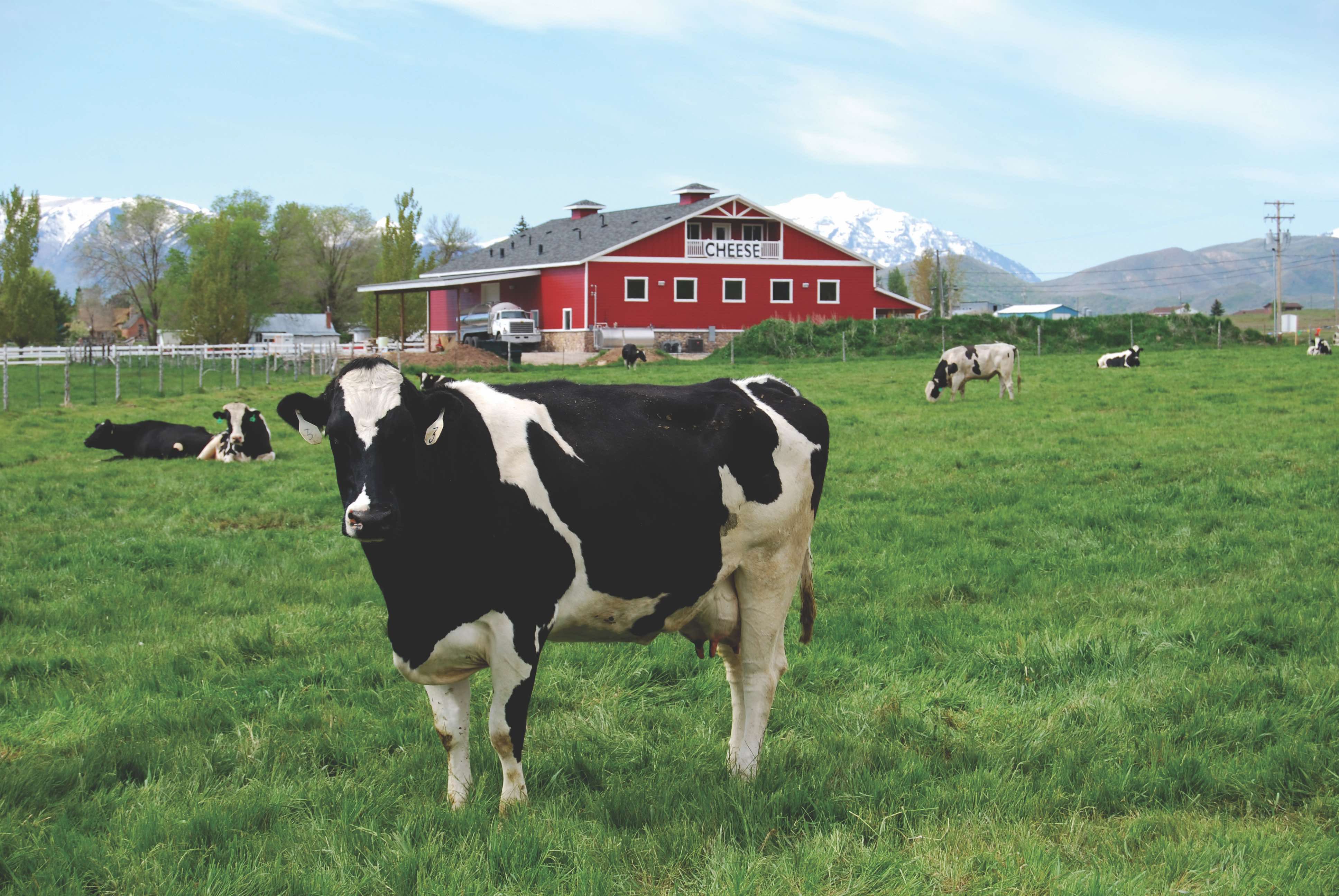Farm School is in Session When it Comes to Making Buttery Burrata
Author
Published
5/6/2024
Visit any large city or spend time on the food interwebs and you’re sure to come across a dairy delight that has taken restaurants by storm – the oozing goodness of Burrata. Not familiar with this cheese? It’s understandable, as it has only been around for a relatively short period of time, as cheeses go. But Heber Valley Artisan Cheese is on a mission to change that and to teach you how to make your own at home.
Burrata is related to the ubiquitous mozzarella, as a soft cheese that is made in the same general way. It was invented in the Puglia region of Italy as early as the 1920s, though it stayed a very regional cheese for decades, according to Mimmo Bruno, the founder of Di Stefano cheese in California, who is credited with bringing Burrata to the United States in the 1990s.
“It quickly became a regional favorite – everybody was soon trying to make it,” Bruno said on his company’s website. “But when I left Italy in 1986, Burrata was still very much a regional cheese – if you went 100 kilometers out of Puglia, no one knew what it was.”

Once restaurants and food critics started taking notice, its popularity exploded. Heather Kohler of Heber Valley Artisan Cheese in Midway also noticed and found Burrata and Mozzarella presented a perfect opportunity to connect with the community and her family’s love of cheese by teaching cheese-making classes.
“I love interactions with our customers, as well as being able to share what we do and our passion with others,” Kohler said. “These soft cheeses work well in a class because they don’t have to age like our cheddars and other cheeses do. Mozzarella and Burrata can go from start to finish in 1-2 hours.”
Just the Gist
As mentioned, Burrata is made similar to how you make mozzarella, with just a few additional steps. To start off, cheesemakers take cow’s milk (it can also be made with buffalo milk, according to the traditional way in Italy) and after cultures and rennet are added, it begins to curdle, and the whey separates and is ultimately removed.
Boiling water is then added to the remaining curds, and a process of stretching and pulling the curds takes place until you get a “dough” like consistency, and the cheese is folded until it makes a pouch. Cheesemakers will then add fresh curds and cream to the inside, and then will seal it off – often tying it up at the top.

The resulting product then is a soft mozzarella “shell”, with a rich buttery center. The cheese is best consumed within a day or two of making it to preserve the best creamy flavor. To serve at home, it is recommended to take the cheese out of the fridge at least 30 minutes before it will be consumed, to allow it to get closer to room temperature. It is often paired with tomatoes, fruits, or simply with some olive oil drizzled on the top and enjoyed with toasted bread. Others enjoy burrata with salad, on top of a pizza, or to accompany a flank steak.
“I especially like to enjoy burrata with a tomato/basil salad,” Kohler said. “It’s a great cheese because it can stand alone, or compliment whatever else you’re serving.”
Going Back to School
The idea of starting classes was a step into the unknown for Kohler, working alongside her husband Russ and the Kohler family on their dairy in Midway. The Kohler dairy has been in operation for nearly 100 years, but the family opened the creamery in 2011 as a way of adding value to their milk and finding new ways to keep the family business going. Heather was also looking for ways she could contribute and help bring people to the creamery to enjoy their cheese, milk, and other products.
“I found a few classes others were doing, teaching people how to make cheese, and then I began experimenting on my own and how I could do it better,” Kohler said. “After trial and error over the last 10 years or go, we’ve figured out a fun way to give a whole experience when people come to our classes – from talking to them about how we get the quality milk from our cows and the care they receive, to how making the food together can be quite a family experience.”

Kohler said class sizes range from 10-20 people to make it hands-on and interactive.
“The tone of the class really can vary depending on the intent of those coming,” Kohler said. “Some just want a fun experience, to learn about the creamery and the cows, to do a fun activity, and eat some good food. Others are more focused on the details of the experience because they want to learn how to do this at home. They want to make pizza entirely from scratch, and so they want to know about the flavors the cheese can bring, how to use it, and how to get quality ingredients. Those classes are a lot more specific.”
Whether you are looking for a fun date-night activity or to learn the trick of the trade to perfect your at-home pizza obsession, the Kohlers have you covered. The classes are typically held the last Friday of each month, though the Kohlers have thought about holding classes twice a month during the summer months because of increased demand. You can register or learn more on the family’s website, hebervalleyartisancheese.com.
Want more news on this topic? Farm Bureau members may subscribe for a free email news service, featuring the farm and rural topics that interest them most!
